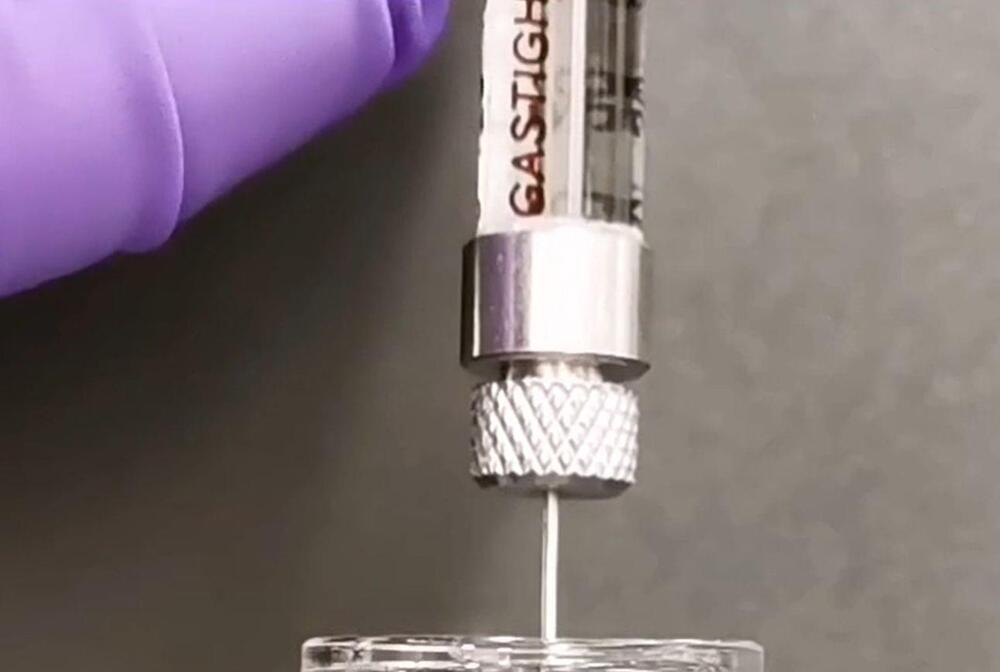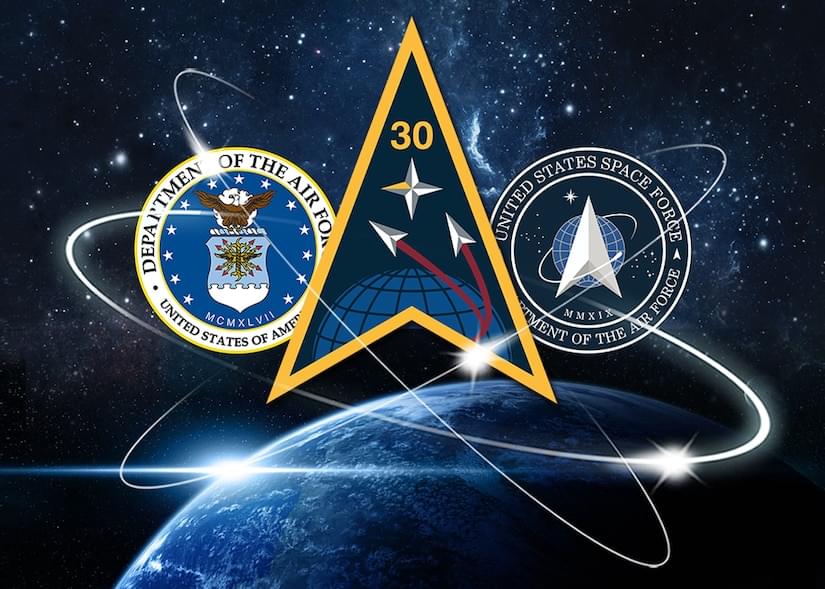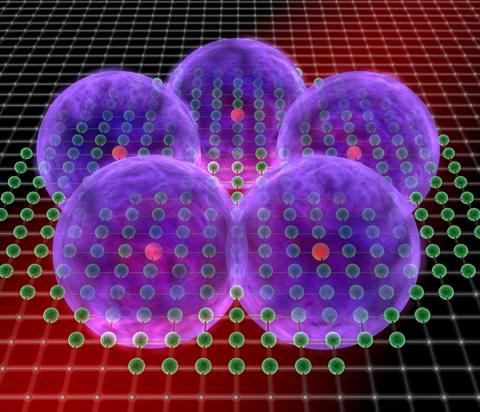To protect its Confidential Computing cloud infrastructure and gain critical insights, Google leans on its relationships with chipmakers.
Scientists at Johns Hopkins University have developed a revolutionary gel that cured 100% of mice with aggressive brain cancer, offering new hope for treating glioblastoma, one of the deadliest brain tumors in humans.
The changes in the composition of joint lubricant may lead to osteoarthritis, a new study shows.
Osteoarthritis is a bone disease that primarily targets joints after the cushioning system between the ends of two bones suffers wear and tear. The rupture of the protective layer, known as the synovial joint, leads to the degeneration of the articular cartilage that forms the synovial joint.
The latest study has indicated that changes in the composition of the fluid present in the synovial joints, named synovial fluid, actually cause osteoarthritis. The study, published in Biointerphases, showed that changes in the composition of synovial fluid reduce its ability to lubricate the articulating cartilage tissue, thereby leading to cartilage damage.
With Starlink now profitable, SpaceX’s need for launches is now virtually infinite. So they just got permission to create a fourth tower for Falcon 9 / Falcon Heavy which means that at least one more drone ship is under construction.
Col. Rob Long, Space Launch Delta 30 commander, signed a statement of support on April 21, 2023, granting SpaceX permission to lease Space Launch Complex 6 (SLC-6) for Falcon rocket launches.
SLC-6 previously supported the Delta IV vehicle family and has remained vacant since the final Delta IV Heavy launch on Sept. 24, 2022.
The decision is the result of SLD 30’s launch pad allocation strategy, which is a process to evaluate the suitability of various launch sites for different types of rockets and payloads. The process is critical to ensuring that launches are safe, and that the selected launch site can accommodate the unique requirements of each mission. This was the first round of launch pad allocations, and additional rounds of allocations will occur in the future after further operational analysis.
face_with_colon_three year 2012.
(Phys.org)—Both high-valued diamond and low-prized graphite consist of exactly the same carbon atoms. The subtle but nevertheless important difference between the two materials is the geometrical configuration of their building blocks, with large consequences for their properties. There is no way, any kind of matter could be diamond and graphite at the same time.
However, this limitation does not hold for quantum matter, as a team of the Quantum Many-Body Physics Division of Prof. Immanuel Bloch (Max-Planck-Institute of Quantum Optics and Ludwig-Maximilians-Universität München) was now able to demonstrate in experiments with ultracold quantum gases. Under the influence of laser beams single atoms would arrange to clear geometrical structures (Nature, November 1st, 2012). But in contrast to classical crystals all possible configurations would exist at the same time, similar to the situation of Schrödinger’s cat which is in a superposition state of both “dead” and “alive”. The observation was made after transferring the particles to a highly excited so-called Rydberg-state. “Our experiment demonstrates the potential of Rydberg gases to realise exotic states of matter, thereby laying the basis for quantum simulations of, for example, quantum magnets,” Professor Immanuel Bloch points out.
The HUGE Problem with ChatGPT
Posted in futurism
Very interesting piece.
Get Surfshark VPN at https://surfshark.deals/kyle — Enter promo code KYLE for 83% off and 3 extra months for FREE!
Free-to-use, exceptionally powerful artificial intelligences are available to more people than ever, seemingly making some kind of news every day. The problem is, the public doesn’t realize the problem in ascribing so much power to systems we don’t actually understand.
💪 JOIN [THE FACILITY] for members-only live streams, behind-the-scenes posts, and the official Discord: https://www.patreon.com/kylehill.
👕 NEW MERCH DROP OUT NOW! https://shop.kylehill.net.
Keep your eye on the prize, but meanwhile don’t lose sight of other nifty opportunities too. What am I talking about? During the famous Gold Rush era, eager prospectors sought the dreamy riches of unearthed gold. Turns out that very few actually struck it rich by discovering those prized gold nuggets. You might be surprised to know that while panning for gold, there was a possibility of finding other precious metals. The erstwhile feverish desire to get gold would sometimes overpower the willingness to mine silver, mercury, and other ores that were readily seen while searching for gold.
It all has to do with data, particularly data mined or scanned from the Internet that is then used principally to data train generative AI apps.
OpenAI’s ChatGPT and its successor GPT-4 would not exist if it were not for all the data training undertaken to get the AI apps into shape for doing Natural Language Processing (NLP) and performing interactive conversations with humans. The data training entailed scanning various portions of the Internet, see my explanation at the link here. In the case of text-to-text or text-to-essay generative AI, the mainstay of ChatGPT, all kinds of text were scanned to ferret out patterns of how humans use words.
I’ll say more about this in a moment.
In the wake of the AI-generated hit Heart on My Sleeve going viral with deepfakes of multi-platinum artists Drake and The Weeknd, pop star Grimes has invited her fans to create music with her voice.
On Sunday night she tweeted, “I’ll split 50% royalties on any successful AI generated song that uses my voice. Same deal as I would with any artist i collab with. Feel free to use my voice without penalty. I have no label and no legal bindings.”
She added that she’s open to anything anyone wants. “Im just curious what even happens and interested in being a Guinea pig,” She said she welcomes the open sourcing of art and an end to copyright.
Like many people, you may have had your mind blown recently by the possibility of ChatGPT and other large language models like the new Bing or Google’s Bard.
For anyone who somehow hasn’t come across them — which is probably unlikely as ChatGPT is reportedly the fastest-growing app of all time — here’s a quick recap:
Large language models or LLMs are software algorithms trained on huge text datasets, enabling them to understand and respond to human language in a very lifelike way.
Auto-GPT is a breakthrough technology that creates its own prompts and enables large language models to perform complex multi-step procedures. While it has potential benefits, it also raises ethical concerns about accuracy, bias, and potential sentience in AI agents.
Today is Earth Day.
That said, Americans don’t fully trust the reliability of renewable sources and 67% of the population favors a mix of renewables and fossil fuels, with only about 31% in favor of completely phasing out fossil fuels altogether.
This week’s Current Climate, which every Saturday brings you the latest news about the business of sustainability. Sign up to get it in your inbox every week.
Today is Earth Day, when people take time out to reflect on preserving the environment. And according to polling, at least, Americans are committed to improving it. According to a new poll from Pew Research looking at attitudes towards the environment, 69% of the U.S. population favors steps towards a goal of the country being carbon neutral by the year 2050. The same percentage says the country should prioritize developing renewable energy sources to do so.









